-
 Bitcoin
Bitcoin $120400
1.77% -
 Ethereum
Ethereum $3615
7.90% -
 XRP
XRP $3.580
17.84% -
 Tether USDt
Tether USDt $1.001
0.06% -
 BNB
BNB $729.4
1.25% -
 Solana
Solana $179.9
5.04% -
 USDC
USDC $0.0000
0.01% -
 Dogecoin
Dogecoin $0.2311
8.22% -
 TRON
TRON $0.3226
4.04% -
 Cardano
Cardano $0.8490
12.85% -
 Hyperliquid
Hyperliquid $46.45
0.72% -
 Stellar
Stellar $0.4913
8.54% -
 Sui
Sui $4.027
2.00% -
 Chainlink
Chainlink $18.51
11.67% -
 Hedera
Hedera $0.2818
21.51% -
 Avalanche
Avalanche $24.03
7.40% -
 Bitcoin Cash
Bitcoin Cash $508.5
2.90% -
 Shiba Inu
Shiba Inu $0.00001496
3.24% -
 UNUS SED LEO
UNUS SED LEO $8.961
1.83% -
 Toncoin
Toncoin $3.264
3.13% -
 Litecoin
Litecoin $104.6
8.15% -
 Polkadot
Polkadot $4.389
6.11% -
 Uniswap
Uniswap $9.924
10.63% -
 Monero
Monero $337.9
0.49% -
 Pepe
Pepe $0.00001376
2.79% -
 Bitget Token
Bitget Token $4.830
2.46% -
 Ethena USDe
Ethena USDe $1.001
0.05% -
 Dai
Dai $1.000
0.02% -
 Aave
Aave $325.2
1.66% -
 Bittensor
Bittensor $423.7
-0.85%
How to compress the stored data of Filecoin mining?
Filecoin miners can optimize storage costs by using data compression (gzip, zlib, etc.) and deduplication before uploading. Choosing the right algorithm depends on data type and available resources, balancing compression ratio with computational overhead and ensuring data integrity.
Mar 16, 2025 at 06:05 am

Key Points:
- Filecoin's storage market incentivizes providing large amounts of storage, leading to potential data bloat.
- Compression techniques can significantly reduce storage needs, lowering costs and improving efficiency.
- Various compression algorithms offer different trade-offs between compression ratio and computational overhead.
- Data deduplication plays a crucial role in minimizing redundancy and optimizing storage usage.
- Choosing the right compression strategy depends on the type of data and the miner's resources.
How to Compress the Stored Data of Filecoin Mining?
Filecoin miners are rewarded for storing data securely and reliably. This incentive structure naturally leads to a focus on acquiring and maintaining vast storage capacities. However, the sheer volume of data can lead to significant storage costs and operational complexities. Efficient data compression is therefore crucial for Filecoin miners to maximize profitability and minimize expenses.
One primary method involves employing data compression algorithms. These algorithms reduce file sizes by identifying and removing redundant data. Common algorithms include gzip, zlib, and bzip2. The choice of algorithm depends on the type of data being stored and the desired balance between compression ratio and processing speed. Higher compression ratios mean smaller file sizes but often require more computational power.
The selection of a suitable compression algorithm is a critical step. Some algorithms excel at compressing text data, while others are better suited for images or videos. For instance, lossless compression algorithms maintain data integrity, ensuring perfect reconstruction, while lossy compression algorithms sacrifice some data for a higher compression ratio. The optimal choice depends entirely on the data's nature and the tolerance for data loss.
Beyond choosing a suitable algorithm, the implementation is equally important. Miners need to integrate compression and decompression routines seamlessly into their storage processes. This involves incorporating these functionalities into their data ingest and retrieval pipelines. Inefficient implementation can negate the benefits of compression by adding excessive overhead.
Data deduplication is another powerful technique for reducing storage requirements. This process identifies and removes duplicate copies of the same data, significantly reducing storage consumption. For Filecoin miners storing numerous copies of similar files, deduplication can lead to massive savings. Deduplication can be implemented at various stages of the data pipeline, offering flexibility depending on the miner's infrastructure.
Implementing deduplication can involve complex hashing algorithms and data indexing techniques. This requires careful planning and implementation to ensure data integrity and efficient retrieval. The effectiveness of deduplication is directly related to the similarity of the data being stored; it is most beneficial when dealing with large datasets containing numerous redundant copies.
Furthermore, consider employing specialized compression techniques tailored for specific data types. For example, image and video data often benefit from codecs like JPEG, PNG, or H.264, which offer substantial compression ratios without significant quality loss (in the case of lossy codecs). This specialized approach allows for targeted optimization, maximizing the efficiency of the compression strategy.
Choosing the optimal compression strategy requires careful consideration of various factors. These include the type of data being stored, the computational resources available, the desired level of data integrity, and the overall cost-benefit analysis. Balancing the computational overhead of compression and decompression with the storage savings is paramount.
Common Questions and Answers:
Q: What are the risks associated with data compression in Filecoin mining?
A: The primary risk is data loss with lossy compression. Choosing inappropriate compression algorithms or inefficient implementation can also lead to performance bottlenecks and increased operational costs. Ensuring the integrity of data after compression and decompression is crucial.
Q: Can I compress data after it's already stored on the Filecoin network?
A: No, you cannot compress data already stored on the Filecoin network. Compression must be performed before the data is committed to the network. Filecoin's storage proofs verify the integrity of the raw data, not compressed data.
Q: What are the best practices for choosing a compression algorithm for Filecoin mining?
A: The best algorithm depends on your data. For general-purpose data, lossless algorithms like gzip or zstd are good starting points. For specific data types (images, videos), consider specialized codecs. Benchmark different algorithms with your specific data to find the optimal balance between compression ratio and computational cost.
Q: How can I ensure data integrity after compression and decompression?
A: Use checksums or hash functions (like SHA-256) to verify data integrity before and after compression. This allows you to detect any corruption introduced during the compression or decompression process. Lossless compression algorithms inherently guarantee data integrity, provided they are implemented correctly.
Q: Are there any tools or software specifically designed for compressing data for Filecoin mining?
A: While there isn't dedicated Filecoin compression software, many general-purpose compression tools (e.g., 7-Zip, gzip utilities) can be used. The key is to integrate these tools effectively into your data ingestion pipeline. Some storage providers may offer built-in compression options.
Q: How does data deduplication interact with compression algorithms?
A: Deduplication ideally occurs before compression. Removing duplicate data before compression reduces the amount of data that needs to be compressed, leading to even greater storage savings and improved efficiency. The order of operations is important for optimization.
Q: What is the impact of compression on retrieval speed in Filecoin?
A: Decompression adds overhead to data retrieval. The impact depends on the chosen algorithm and the miner's hardware. While compression saves storage, it's important to consider the added time required for decompression, especially if rapid data access is critical. Balancing storage efficiency with retrieval speed is key.
Disclaimer:info@kdj.com
The information provided is not trading advice. kdj.com does not assume any responsibility for any investments made based on the information provided in this article. Cryptocurrencies are highly volatile and it is highly recommended that you invest with caution after thorough research!
If you believe that the content used on this website infringes your copyright, please contact us immediately (info@kdj.com) and we will delete it promptly.
- Bitcoin, MSTR & Saylor's Strategy: A Winning Trifecta?
- 2025-07-18 08:30:13
- Bitcoin Mortgages Down Under: A New Wave in Australian Homeownership?
- 2025-07-18 08:50:12
- Cryptocurrencies, Bitcoin, and the Next Wave: What's Coming?
- 2025-07-18 08:50:12
- Maharashtra Government Nurses Launch Indefinite Strike: A Healthcare Crisis?
- 2025-07-18 04:30:13
- Hilbert Group, Syntetika, and Tokenization: Bridging DeFi and Institutional Finance
- 2025-07-18 05:30:12
- Crypto Regulation in the US House: Decoding the CLARITY Act and What It Means for You
- 2025-07-18 04:30:13
Related knowledge
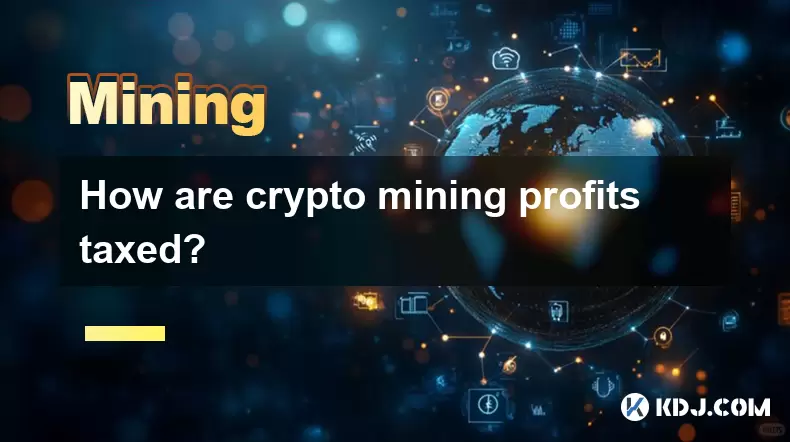
How are crypto mining profits taxed?
Jul 14,2025 at 12:28am
Understanding Cryptocurrency Mining and TaxationCryptocurrency mining involves validating transactions on a blockchain network and earning rewards in ...
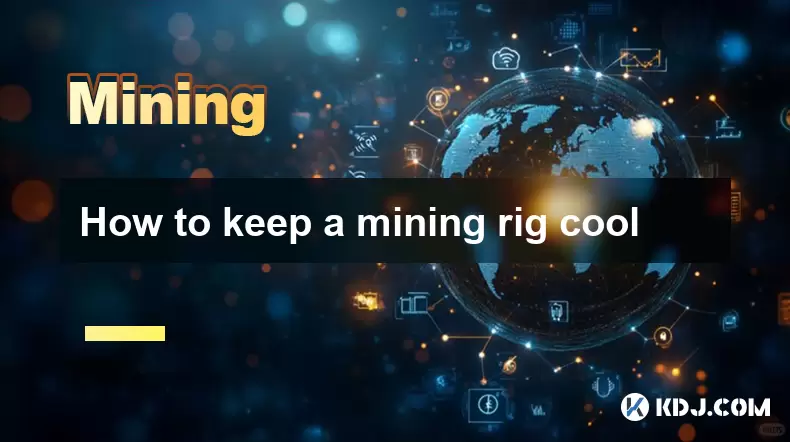
How to keep a mining rig cool
Jul 12,2025 at 01:42pm
Understanding the Importance of Cooling in Mining RigsCryptocurrency mining is an intensive process that places heavy demand on hardware components, p...
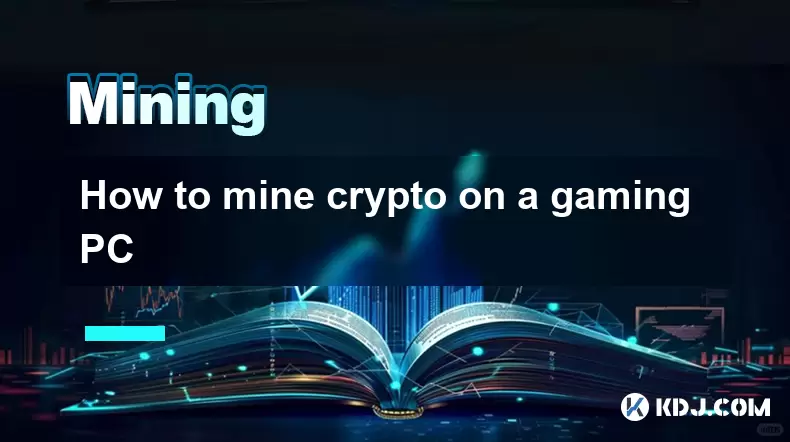
How to mine crypto on a gaming PC
Jul 16,2025 at 12:00pm
What is Crypto Mining on a Gaming PC?Crypto mining involves using your computer's processing power to validate transactions on a blockchain network. A...
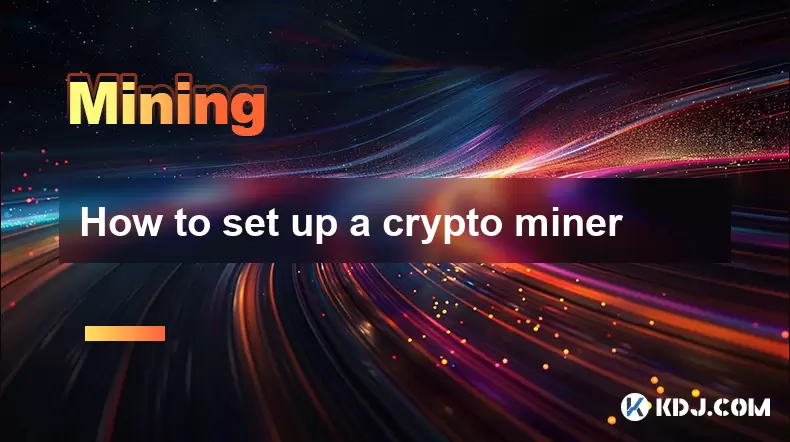
How to set up a crypto miner
Jul 16,2025 at 09:14am
Understanding Ethereum Gas Fees: What Are They and How Do They Work?Ethereum gas fees are a fundamental aspect of the network, representing the cost r...
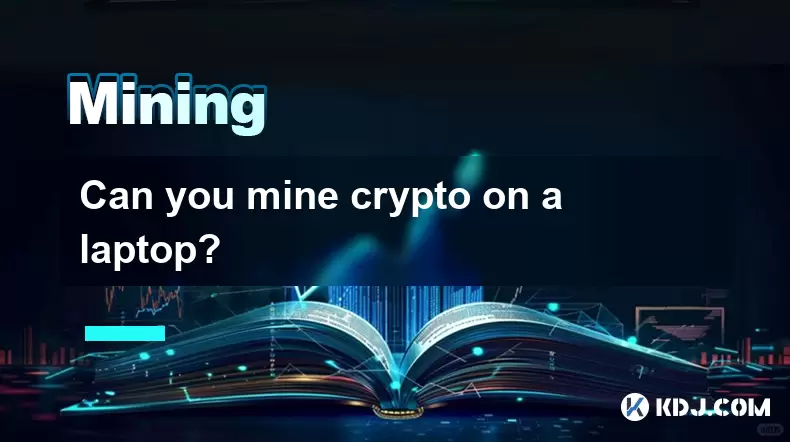
Can you mine crypto on a laptop?
Jul 16,2025 at 02:21am
Is It Feasible to Mine Cryptocurrency on a Laptop?Mining cryptocurrency on a laptop is technically possible, but feasibility depends heavily on the ha...
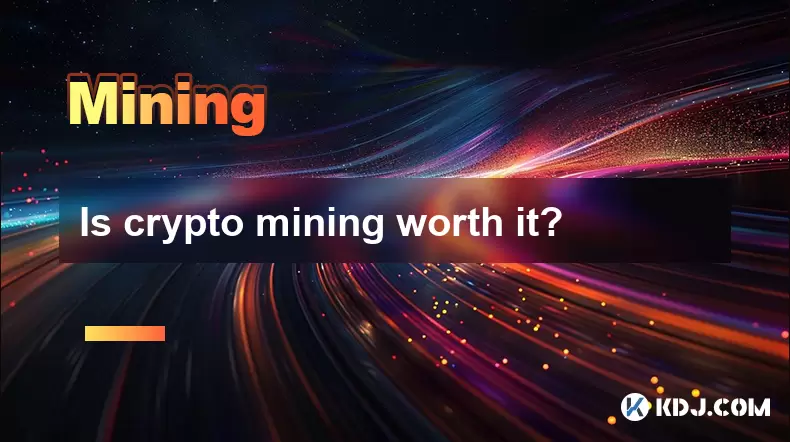
Is crypto mining worth it?
Jul 16,2025 at 01:21am
Understanding the Basics of Crypto MiningCrypto mining refers to the process of validating transactions on a blockchain network by solving complex mat...

How are crypto mining profits taxed?
Jul 14,2025 at 12:28am
Understanding Cryptocurrency Mining and TaxationCryptocurrency mining involves validating transactions on a blockchain network and earning rewards in ...

How to keep a mining rig cool
Jul 12,2025 at 01:42pm
Understanding the Importance of Cooling in Mining RigsCryptocurrency mining is an intensive process that places heavy demand on hardware components, p...

How to mine crypto on a gaming PC
Jul 16,2025 at 12:00pm
What is Crypto Mining on a Gaming PC?Crypto mining involves using your computer's processing power to validate transactions on a blockchain network. A...

How to set up a crypto miner
Jul 16,2025 at 09:14am
Understanding Ethereum Gas Fees: What Are They and How Do They Work?Ethereum gas fees are a fundamental aspect of the network, representing the cost r...

Can you mine crypto on a laptop?
Jul 16,2025 at 02:21am
Is It Feasible to Mine Cryptocurrency on a Laptop?Mining cryptocurrency on a laptop is technically possible, but feasibility depends heavily on the ha...

Is crypto mining worth it?
Jul 16,2025 at 01:21am
Understanding the Basics of Crypto MiningCrypto mining refers to the process of validating transactions on a blockchain network by solving complex mat...
See all articles

























































































